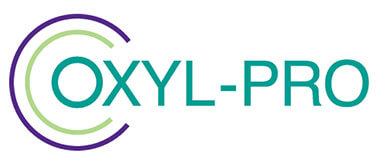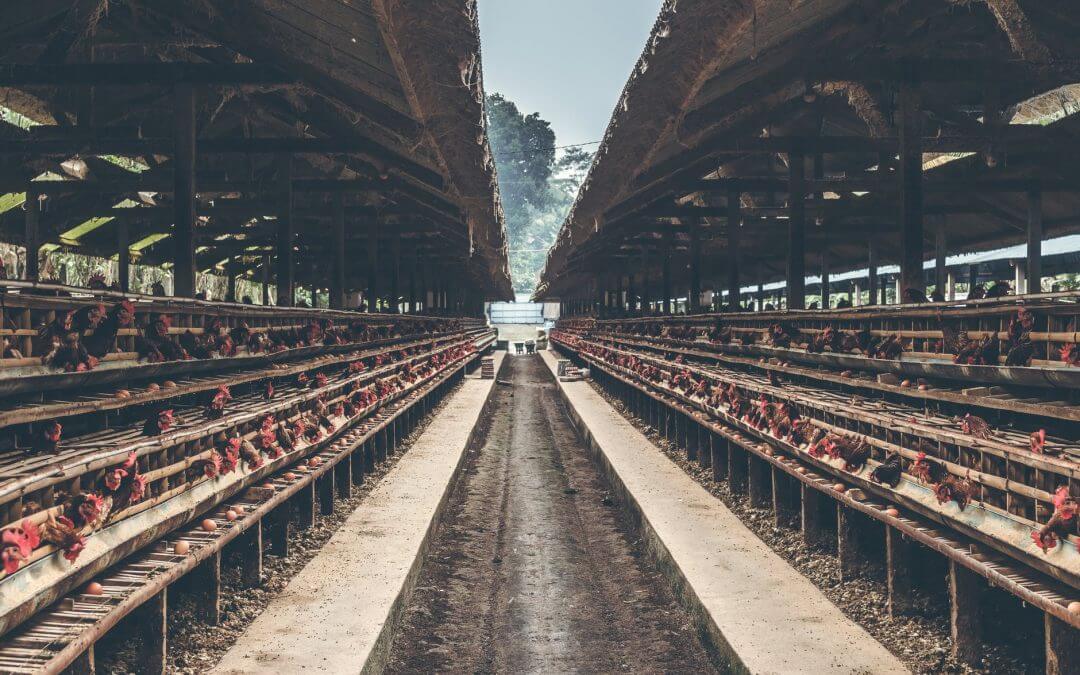There have long been concerns about conditions in UK poultry farms due to intensive production methods. The pressure of infection means farmers must devise effective biosecurity processes, including disinfection and decontamination.
Hygiene and the use of disinfectants are hugely important aspects when it comes to all forms of poultry farming and looking after poultry livestock.
This includes disinfecting and decontaminating poultry facilities and conditioning drinking water.
Why are pathogens a risk to poultry?
Pathogens are disease-causing microorganisms and include bacteria, fungi and protozoa.
The means for transferring pathogens to poultry can be biological and mechanical, and include insects, rodents, people and vehicles.
In response to the risk and spread of pathogens among poultry livestock, modern biosecurity measures can be comprehensive, and they include feed and water.
This is because feed and water are important factors in the health of farm livestock. Grains, for example, may contain mycotoxins and moulds, which have adverse effects on the gastro-intestinal health of animals, and humans.
Research has shown that recontamination of feed can occur once it has left the mill, due to storage issues.
Another factor is microbial infection of water, which can also have detrimental impact on the health of poultry.
Hygiene guidance for poultry welfare
DEFRA has produced guidance for on-farm poultry welfare. This includes sections on poultry feed and water, and on poultry housing design.
For feed and water, it notes that you should:
- Use feeding and watering equipment that minimises the risk of food and drink contamination
and
- Be able to easily clean and disinfect all equipment.
Under poultry housing design, DEFRA’s guidelines mention limiting contamination from bird droppings, and that you should help prevent internal and external parasite infestations.
As with on-farm hygiene, there is no one-size-fits-all solution for poultry livestock disinfectants, because different aspects of hygiene require different materials and applications.
Cleaning objectives
Poor hygiene can affect hatchability and the quality of chicks, leading to increased mortality in the first week after hatching.
There are two major objectives in keeping poultry areas clean:
- Minimise the movement of pathogens from dirtier to cleaner areas
- Prevent the further development of pathogens.
To multiply, bacteria and fungi require food such as carbohydrates, proteins and fats.
Therefore, ensuring that surfaces are clean and dry on a regular basis will create an environment that is inhospitable for these organisms.
A combination of thorough cleaning and disinfection should accomplish this.
Poultry housing disinfectants
As part of the process of disinfecting and cleaning poultry housing, there is a range of disinfectants for doing this, including various DEFRA-approved products.
Generally, these types of disinfectants come from:
- Phenolic compounds
- Iodine
- Iodophors
- Chlorine compounds, and
- Oxidising compounds.
You should always follow the manufacturer’s directions for mixing and diluting poultry disinfectants.
What must you consider when choosing a poultry disinfectant or other cleaning agent?
There are various properties that disinfectant chemicals may have, but here are the main things to look out for:
- pH value – this determines how acidic or basic an aqueous solution is, and for a disinfectant to be effective, you need to be using it within its pH range
- Efficacy range – broad spectrum disinfectants work against a variety of microorganisms, viruses and fungi, while narrow range disinfectants will only be effective against certain bacteria
- Compatibility – if you are using a soap and a disinfectant, make sure one will not cancel the other out
- Concentration – how much you will require each time you use the disinfectant
- Environmental safety – check whether the cleaning substances you use are harmful to the environment or to staff.
Many commercially available disinfectants will contain several active ingredients, to make them effective against a wider range of pathogens.
Using hydrogen peroxide as a disinfectant
Hydrogen peroxide has good disinfection properties and it has long been established as a household cleaner, killing viruses, bacteria and other germs.
It destroys the essential components of germ cells, essentially deactivating microorganisms, bacteria, fungi and spores. It is especially effective on hard surfaces.
However, in its pure form, it decomposes rapidly, because it is unstable when used as a disinfectant.
What scientists have discovered is that if you stabilise hydrogen peroxide with silver, it becomes much more stable, as the silver removes the chain-reaction properties of the hydrogen molecules.
The result has been a more widespread use of hydrogen peroxide silver as an industrial and commercial disinfectant across a broad range of sectors, including agriculture.
The next step in disinfectant development
Oxyl-Pro represents the next evolutionary step in hydrogen peroxide-based disinfectants.
It is an alternative to silver-based peroxides, because it uses food-safe ingredients exclusively to stabilise the chemical compound for use as a disinfectant.
This broadens its application considerably, so that it can also disinfect drinking water, as well as surfaces.
It is therefore ideal as a poultry disinfectant. It has a suitably versatile product range, for use on poultry housing, farm surfaces and equipment, and for disinfecting livestock water.
Here, it proves effective against the pathogens that pose a serious risk to the welfare of poultry livestock and the profitability of poultry farmers.
Field tests in hatcheries show that use of Oxyl-Pro in water treatment can help increase egg production and hatching, improve feed conversion ratio, and bring down mortality rates.
For more information about the Oxyl-Pro product range, please complete our contact form, call us on +44 1606 851 782, or email enquiries@oxylpro.com

